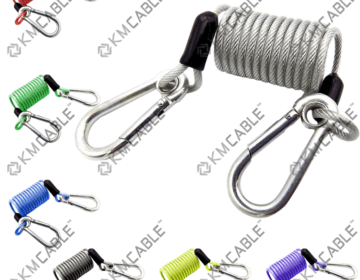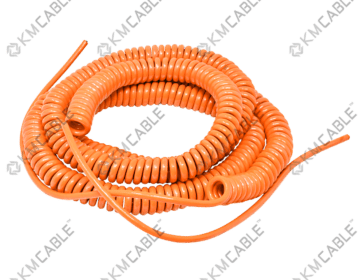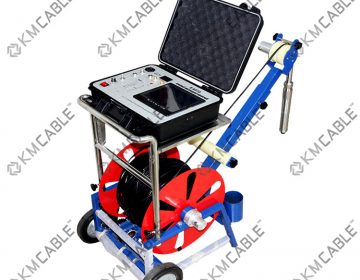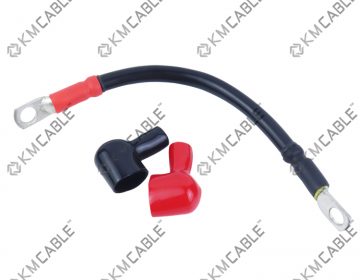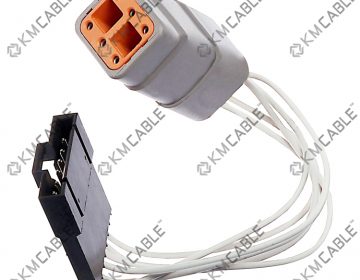
Here’s a comprehensive blog post tailored for SEO and industry relevance:
The electric vehicle (EV) revolution is not only transforming the automotive landscape—it’s also catalyzing significant changes across supporting industries. One of the most profoundly affected sectors is wire and cable manufacturing. As EVs continue to evolve, they demand higher standards, greater performance, and advanced material innovations from wiring solutions.
The Impact of EVs on Wire and Cable Manufacturing
1. Increased Demand and Volume
EVs contain significantly more wiring than traditional internal combustion engine (ICE) vehicles. High-voltage cables, battery connections, control wiring, charging infrastructure, and power distribution systems all require specialized cables.
- Average wiring in ICE vehicle: ~1.5 km
- Average wiring in EV: ~4-5 km
This surge in cable length directly translates to a boom in raw material demand—particularly for copper, aluminum, and advanced polymers.
2. High-Voltage and High-Performance Requirements
EVs typically operate on 400V or even 800V architectures, compared to the 12V systems in ICE vehicles. These voltages demand:
- Enhanced insulation and shielding
- Greater thermal resistance
- Electromagnetic interference (EMI) protection
- Lightweight but durable conductors
Manufacturers are shifting from traditional copper to aluminum and hybrid materials to reduce weight without compromising conductivity.
3. Thermal and Environmental Durability
EVs produce intense heat, especially around batteries and powertrains. The wiring must withstand temperatures that often exceed 150°C, as well as chemical exposure and mechanical vibrations.
Cable insulation materials like XLPE (cross-linked polyethylene) and TPE (thermoplastic elastomer) are increasingly preferred for their heat and abrasion resistance.
4. Miniaturization and Compact Designs
As EV designs become more compact and integrated, cable manufacturers are focusing on miniaturization without performance loss. Flat and flexible cables are gaining traction for their ability to fit into tighter spaces.
5. Regulatory and Safety Compliance
With safety being paramount in EV design, cable manufacturers must adhere to evolving standards such as:
- ISO 19642: Road vehicles — Automotive cables
- LV 216-1: High-voltage cable systems for electric vehicles
- UL and IEC ratings for thermal and electrical safety
Compliance now often dictates R&D focus and even product viability.
Key Trends in the Wire & Cable Industry Driven by EV Growth
➤ Shift Toward Lightweight Materials
To maximize vehicle range, EV makers are increasingly demanding lightweight components. Cable manufacturers are responding by exploring aluminum conductors, composite materials, and fiber-optic integration.
➤ Digital Integration and Smart Cables
Smart cables with embedded sensors for temperature, voltage, and fault detection are being adopted in advanced EV systems. These enable predictive maintenance and real-time diagnostics.
➤ In-House Cable Production by OEMs
Major EV manufacturers like Tesla and BYD are exploring in-house cable production or exclusive partnerships to secure supply chains and innovate proprietary technologies.
➤ Investment in Vertical Integration
Cable manufacturers are investing upstream in mining and metal refining, and downstream in insulation technologies and end-user applications, to gain control over costs and quality.
➤ Sustainability and Recycling
Sustainable cable solutions, including recyclable insulation materials and low-emission manufacturing processes, are becoming central to ESG strategies. Recyclability of cable materials from decommissioned EVs is also a growing priority.
What’s Next?
As the EV industry moves toward autonomy, faster charging, and vehicle-to-grid (V2G) technology, the role of cable innovation will only deepen. Expect:
- Wider adoption of 800V+ architectures requiring ultra-high-performance cables
- Growth in liquid-cooled cable systems for extreme performance
- Expansion in charging infrastructure cables with weatherproof and vandal-proof properties
The wire and cable industry is undergoing a fundamental shift, evolving from a commodity supplier to a critical enabler of EV innovation. For manufacturers in this sector, agility, investment in R&D, and alignment with EV trends are no longer optional—they’re essential for survival and growth.


